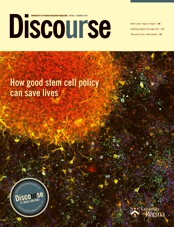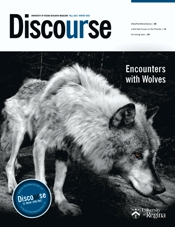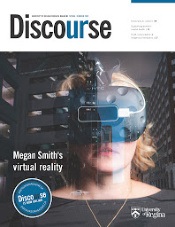Historian Donica Belisle was awarded $91,826 by SSHRC to delve into Canadians’ love affair with sugar and its consequences. (Photo courtesy of Donica Belisle)

Social Sciences and Humanities Research Council’s (SSHRC) Insight Grants
This federal program provides stable support for long-term research initiatives that enable scholars to address complex issues affecting individuals and societies. The following researchers received Insight Grants.
SUGAR
According to health experts, sugar is the leading cause of type 2 diabetes and obesity and has been linked to heart disease, kidney failure, Alzheimer's, cancer, tooth decay, and gout. Historian Donica Belisle says that despite these negative health consequences, Canadians show little interest in decreasing their intake of the sweet food.
How did Canadians become such avid sugar consumers? And, what have been the consequences of such consumption?
Belisle was awarded $91,826 to delve into these sweet queries by exploring the production, distribution, and consumption of cane and beet sugar between 1890 and 1960 to understand why Canadians, in the 1960s, became among the top per capita consumers of refined sugar in the world.

EYE TRACKER
English professor Christian Riegel and psychology professor Katherine Robinson, both of the U of R’s Campion College and Fellows of the Royal Society for the Arts (UK), received $204,304 in funding to harness the power of eye trackers. Eye-tracking technology allows eye movements to move objects on screens, or to control software programs or wheelchairs and assistive devices.
“With a long-standing interest in eye-tracking technology, our team will now work to develop accessible digital art-making tools for individuals with limited mobility,” says Riegel.
The team will further develop software and hardware solutions prototyped under a previous SSHRC grant to maximize accessibility and usability. They will also gather data on what aspects of the mind are engaged – and in what ways – when art is created using eye movements only, generating a novel and strong data set for best practices in art making that uses eye tracking.
PEACE INITIATIVE
In his final months as Prime Minister, says historian Raymond Blake, Pierre Trudeau launched an important Peace Initiative with the laudable goals of improving East-West relations and reviving arms control negotiations between the U.S. and the USSR.
“It was a high-profile Canadian foreign policy initiative, and Trudeau’s interventions captivated Canadians, though most realized that success was unlikely given the heightened tensions between the two superpowers after 1980,” says Blake, a member of the Royal Society of Canada.

Blake and his research team received $98,826 to examine the Peace Initiative from a Canadian perspective, arguing that Trudeau believed Canada had a currency more potent than might: the power of ideas and persuasion to save the world from nuclear annihilation.

FAKE NEWS
It’s difficult to escape the proliferation of fake news and the consequences of its spread. But what can be done to stop the dissemination of disinformation?
Gordon Pennycook, an expert in reasoning and decision making, received $316,160 to better understand why people believe and spread disinformation online and to help find ways to inoculate the public against false and misleading content.
Read more about Pennycook’s research in this issue of Discourse.












